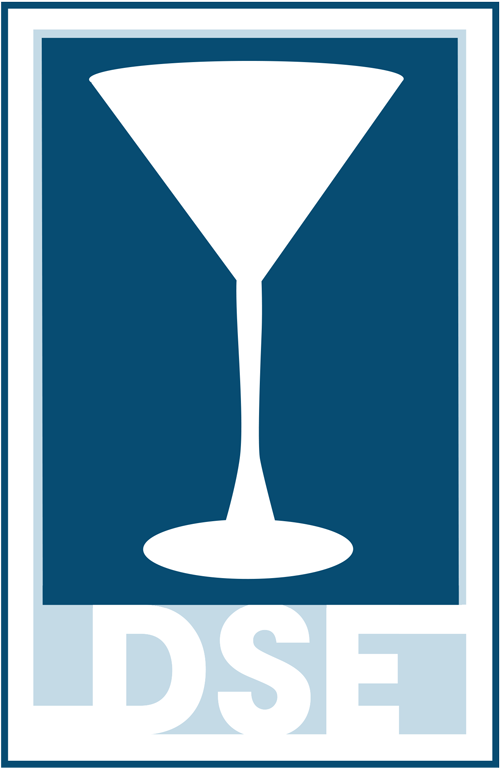Pennsylvania: New PLCB executive director named in the midst of historic liquor law changes
Source: Central Penn BJ
By Jason Scott
December 23, 2016
As 2016 winds down, state lawmakers and the governor have been celebrating sweeping liquor law reforms passed over pint glasses of bipartisanship.
In a matter of days this summer, Pennsylvania went from having a Prohibition-era system of alcohol sales to a more modern system for beer, wine and spirit sales.
The reform law Act 39 opened up wine sales in state grocery and convenience store chains, let vineyards ship wine directly to consumers and launched a statewide auction system for expired restaurant liquor licenses to give more businesses opportunities to sell booze.
Elected officials chased that action this fall with legislation allowing retail beer distributors to sell six-packs, growlers, singles for mix-a-six packs or any other amount of beer, beginning in early 2017.
Dauphin County resident Charlie Mooney, who has been with the Pennsylvania Liquor Control Board since 1979, is the state official now overseeing of some of the biggest liquor law changes in the history of Pennsylvania.
In November, he assumed the role of executive director of the agency. He previously ran its retail operations.
“The first 31 days have been nothing short of challenging,” Mooney said in early December, surrounded by stacks of wine and spirit cases in the midstate’s busiest PLCB store in Lemoyne. “I don’t expect that to change.”
The 37-year industry veteran, who began his career as a part-time liquor store clerk, spoke with the Business Journal about his promotion, public perceptions of Act 39 and why the agency is adding stores despite the persistent threat of privatization.
Q: What’s it like assuming this role in the midst of major law changes? Has there been a big learning curve?
A: Fortunately, I had an opportunity to have some time with outgoing executive director John Metzger. We did work closely together and our executive team and our board has been working on Act 39 since June.
Assuming the role of executive director, my job is to continue to implement the remaining components of Act 39. We’ve completed about 60 to 75 percent of it, but we have a large IT section to get done. We’re targeting late spring for completion.
Yes, there was a learning curve with the regulatory and licensing part of the agency. Most of my career I spent on the operations side of the LCB.
Certainly Act 39 came as a surprise to many people this year. Did the timing of the modernization effort surprise you at all?
The components of the legislation, for the most part, we’ve been asking for and almost lobbying for for some time. There was a bill that stalled right before the holiday in 2015. That contained all these components. The surprise was in early June when we heard there might be some movement on legislation on Tuesday. On Wednesday it was approved and on Thursday the governor signed it. It was quite a surprise.
What has been the biggest misconception about Act 39 since it took effect in August?
The one perception or misconception is a very volatile issue called flexible pricing. Act 39 has given us the ability to negotiate for better pricing. It’s our intention to reduce our cost of goods. It is not our intention to broadly raise shelf prices. There are factions of businesses and people out there construing we are going to raise the shelf price. That is not true.
About Charles Mooney
Lives: Lower Paxton Township, Dauphin County
Favorite place to visit: Boston
Last book read: “American Sniper.”
Favorite hobby: Gardening
Favorite wine: A deep Cabernet
A lot of PLCB stores have been expanded in recent years and the number of stores is increasing. Can you explain that process?
All of the stores are leased from private companies or corporations, so we evaluate all leases when they are expiring.
This is the first time in my career that we’re increasing the store count. We currently have 608 stores. We had 600 stores just six months ago. By the end of 2017, I’d like to have that number hit 618 stores.
At our peak, we were about 760 stores in the early 1980s. We had a small store in every community. As we got into bigger boxes, we consolidated some stores.
The biggest reason for (the expansion) is there is major growth in population in certain segments of the commonwealth, not in all of it. The Southeast part, Philadelphia, Montgomery, Bucks, Lancaster and York (counties), have seen the greatest population growth.
The average size store that we’re working on now is approximately 6,000 to 8,000 square feet. We do a lot of stores in that range, with Lemoyne being an exception at 14,000. We do have stores as small as 1,500 square feet.
What trends are you watching?
What we’re watching is what all retailers are watching, and that’s the millennials. The millennials are driving wine growth, in general. They are buying the ultra premium, or higher end.
As far as specific categories, bourbon, for sure, is still the highest-growth category. Highly sought-after limited-production bourbons are extremely popular. That is followed closely by boxed wine. The three-liter boxes are very popular and that category is growing substantially.
What’s the plan for the next auction of expired restaurant licenses?
It’s our intention to have a second auction in the first quarter of 2017. Although we haven’t picked a number of licenses to be in the second auction, it would be consistent with the first auction.
We didn’t have a lot of expectations (about the first auction). We sold 37 licenses. Cumberland and Montgomery (license prices) were very favorable.
It does set a benchmark, although grocery stores are out there buying licenses in the private market and not coming to our auctions.
